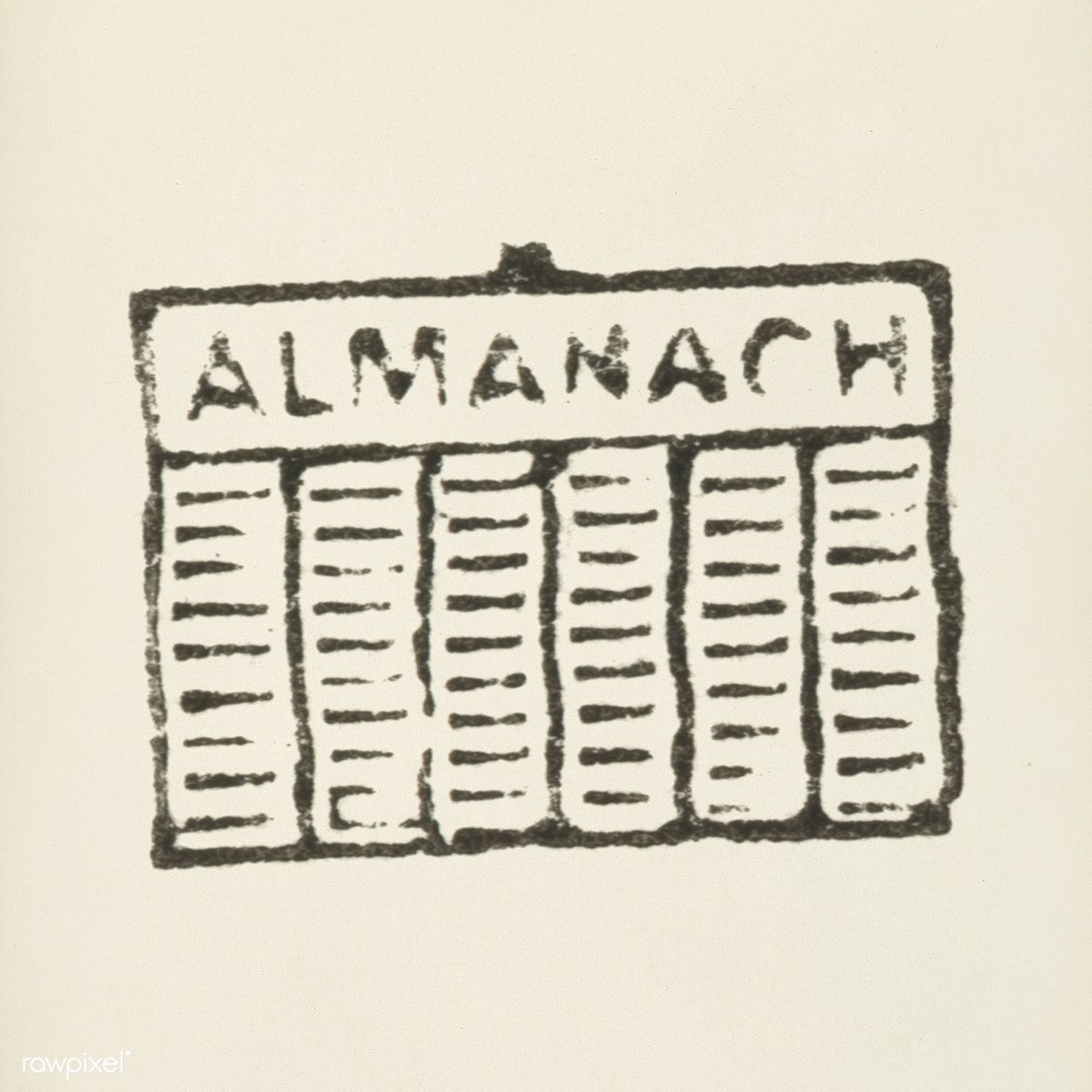Length of Day
Nathan Smith-Manley
Last Update 2 tahun yang lalu
The length of day is often understood as the period of time between sunrise and sunset. This is a common way of measuring the length of a day, particularly for individuals and communities who rely on daylight hours for their daily routines and activities.
The length of daylight hours is determined by a number of factors, including the Earth's axial tilt and its position in orbit around the sun. These factors cause variations in the amount of sunlight received by different regions of the Earth at different times of the year.
During the summer months, the hemisphere tilted towards the sun receives more direct sunlight and experiences longer daylight hours, while the hemisphere tilted away from the sun experiences shorter daylight hours. This pattern is reversed during the winter months, with the hemisphere tilted away from the sun experiencing longer periods of darkness.
In addition to seasonal variations, the length of daylight hours also varies depending on a location's latitude. Locations closer to the equator generally experience more consistent amounts of daylight hours throughout the year, while locations closer to the poles can experience extreme variations in daylight hours, particularly during the summer and winter solstices.
To calculate the length of a day based on the amount of time between sunrise and sunset, one can use a number of tools and methods. For example, a simple way to calculate the length of daylight hours is to use a sundial or a similar device that tracks the position of the sun in the sky. By measuring the amount of time between sunrise and sunset on a particular day, one can determine the length of daylight hours for that location.
Another method for calculating the length of daylight hours is to use astronomical data and computer modeling. By analyzing data on the Earth's axial tilt and position in orbit, scientists can generate accurate predictions of the amount of daylight hours for a particular location at a given time of year.

